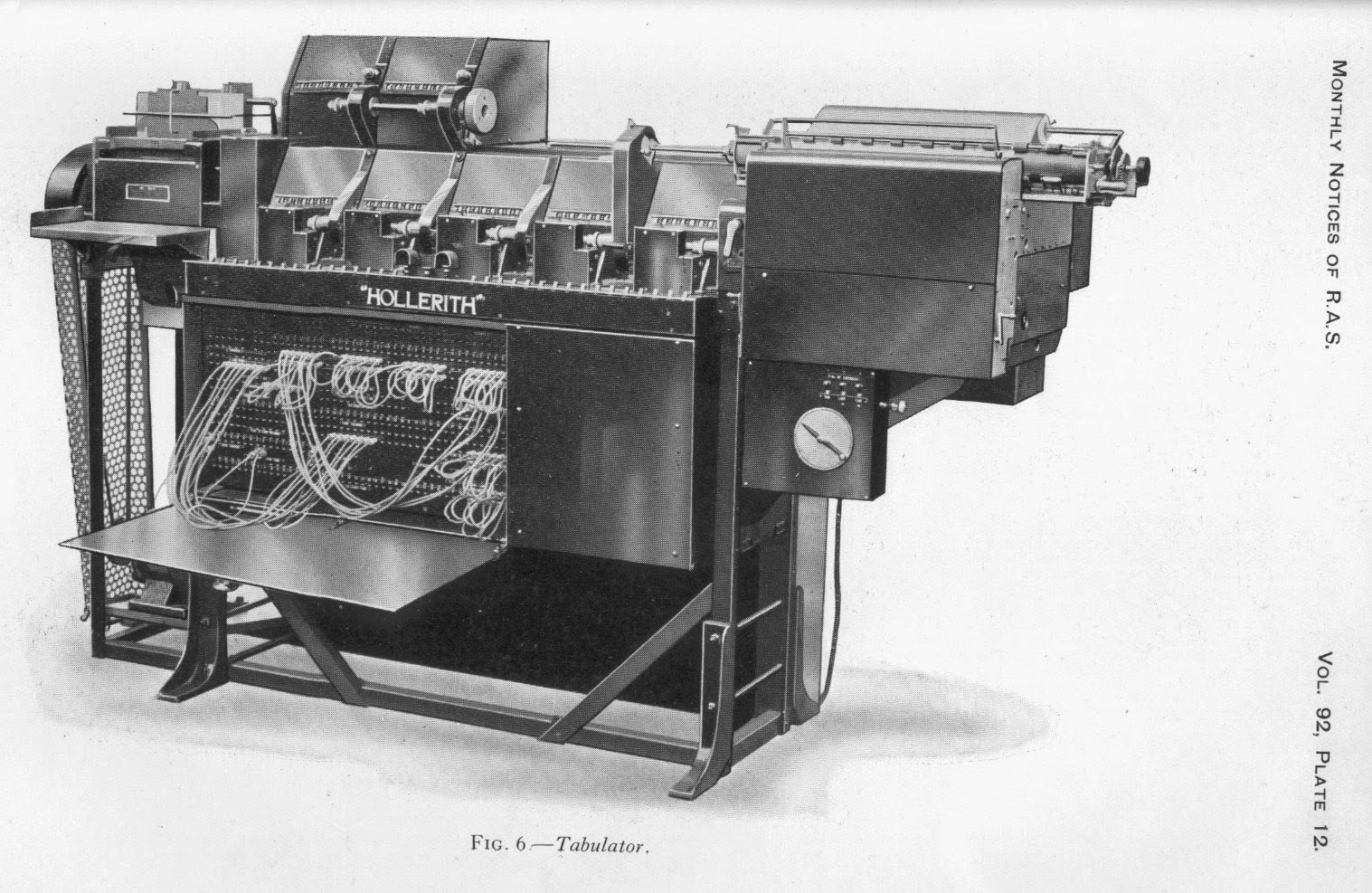 |
| Pier Giorgio Perotto |
The Programma 101, also known as Perottina, was the first commercial "desktop computer".Produced by Italian manufacturer Olivetti, based in Piedmont, and invented by the Italian engineer Pier Giorgio Perotto. It was launched at the 1964 New York World's Fair, volume production started in 1965. A futuristic design for its time, the Programma 101 was priced at $3,200 ($23,000 if adjusted to 2011). About 44,000 units were sold, primarily in the US.
It is usually called a printing programmable calculator or desktop calculator because three years later the Hewlett-Packard 9100A, a model that took inspiration from the P101, was advertised by HP as a "portable calculator", in order to be able to overcome the fears of computers and be able to sell it to corporations without passing through the corporate computer department.Although, the concept of "stored program" allows this machine to be considered a true computer.
Programming was similar to assembly language, but simpler, as there were fewer options. It directed the exchange between memory registers and calculation registers, and operations in the registers.The stored programs could be recorded onto plastic cards approximately 10 cm × 20 cm that had a magnetic coating on one side and an area for writing on the other. Each card could be recorded on two stripes, enabling it to store two programs. All ten registers were stored on the card, allowing programs to use up to ten stored 11-digit constants.
The program to calculate logarithms occupied both stripes of one magnetic card.It was designed by Olivetti engineer Pier Giorgio Perotto in Ivrea. The styling, attributed to Marco Zanuso but in reality by Mario Bellini, was ergonomical and innovative for the time, and earned Bellini the Compasso d'Oro Industrial Design Award.
 |
| The Programma 101 |
The Programma 101 was able to calculate the basic four arithmetic functions (addition, subtraction, multiplication, and division), plus square root, absolute value, and fractional part. Also clear, transfer, exchange, and stop for input. There were 16 jump instructions and 16 conditional jump instructions. 32 label statements were available as destinations for the 32 jump instructions and/or the four start keys (V, W, Y, Z).Each full register held a 22-digit number with sign and decimal point.Its memory consisted of 10 registers: three for operations (M, A, R); two for storage (B, C); three for storage and/or program (assignable as needed: D, E, F); and two for program only (p1, p2). Five of the registers (B, C, D, E, F) could be subdivided into half-registers, containing an 11-digit number with sign and decimal point. When used for programming, each full register stored 24 instructions.It printed programs and results onto a roll of paper tape, similar to calculator or cash register paper.
Developed between 1962 and 1964, it was saved from the sale of the computer division to GE thanks to an employee who one night changed the internal categorization of the product from "computer" to "calculator", leaving the small team in Olivetti and creating some awkward situations in the office, since the building except that office was then owned by GE.The Programma 101 was launched at the 1964 New York World's Fair, attracting major interest. 40,000 units were sold; 90% of them in the United States where the sale price was $3,200(increasing to about $3,500 in 1968.)
Hewlett-Packard was ordered to pay about $900,000 ($6.74 million in present day terms) in royalties to Olivetti after copying some of the solutions adopted in Programma 101, like the magnetic card and the architecture, in the HP 9100.
About Programma 101 were sold to NASA and used to plan the Apollo 11 landing on the moon.By Apollo 11 we had a desktop computer, sort of, kind of, called an Olivetti Programma 101. It was a kind of supercalculator. It was probably a foot and a half square, and about maybe eight inches tall. It would add, subtract, multiply, and divide, but it would remember a sequence of these things, and it would record that sequence on a magnetic card, a magnetic strip that was about a foot long and two inches wide. So you could write a sequence, a programming sequence, and load it in there, and the if you would — the Lunar Module high-gain antenna was not very smart, it didn't know where Earth was. We would have to run four separate programs on this Programma 101 David W. Whittle, 2006
The 101 is mentioned as part of the system used by the US Air Force to compute coordinates for ground directed bombing of B-52 Stratofortress targets during the Vietnam War.






